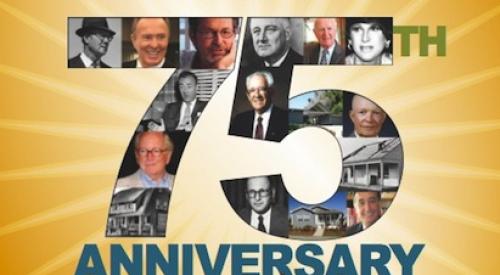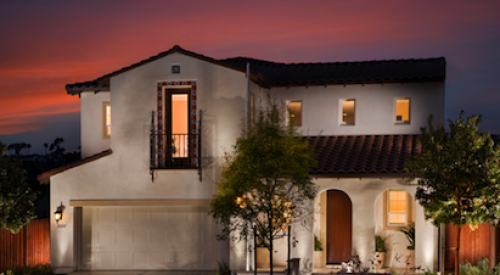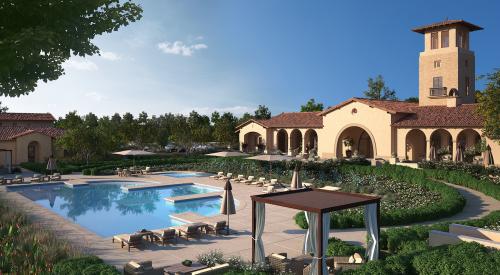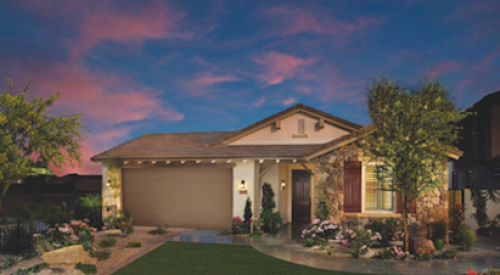Add Newport Beach, Calif.-based Fieldstone Communities to the list of builders falling head-over-heels in love with the "Rayco model" of production building operations. A 1993 winner of the National Housing Quality award, Fieldstone was keeping close watch when San Antonio Giant Rayco won the award in 1996, especially since California competitor Kaufman and Broad acquired Rayco that same year. "We’re still working now to get where Rayco was then," admits Fieldstone president Keith Johnson.
Under the leadership of Jack Willome, Rayco set powerful benchmarks for profitability: 12% net margin (on gross income of $236.2 million in 1995, the last year of independent operations), along with a return on assets of 37.2% and return on equity of 66.9%. The central elements of the Rayco model are (1) meticulous consumer research to determine architecture, features, and pricing of homes; (2) use of a centralized "design center" to sell options and upgrades in a big-box retailing environment; and (3) "even-flow" scheduling and building operations. Rayco actually sold, started, completed, and closed ten houses each working day, throughout the year.
"Quality and value are central to this," says Johnson. "But you’ve got to be very careful to place the value exactly where buyers want it. For instance, we’ve verified Rayco’s findings in our own consumer surveys, that there’s a substantial portion of the market, at virtually every price point, that values space-square footage-above most everything else. Box-on-box two-story designs are still the best way to get that."
"But we’ve also learned that this doesn’t override the necessity to provide exciting design. We just have to find ways to excite buyers other than vaulted ceilings, which put too much money into vertical space rather than square footage."
Fieldstone is also working hard to upgrade customer satisfaction with the finished product, and with its service through the sales and construction processes. "We are now surveying buyers at four stages in the sales and building cycles," Johnson says. "And our surveys are much more detailed. Any unfavorable comment triggers a personal follow-up by senior management to discover what went wrong. Then we translate what we’ve learned into process improvements."
Fieldstone is also in the process of developing a new, company-wide system to tie employee compensation to customer satisfaction. "It will be an objective, formula-driven system to tie our bonuses to buyer satisfaction," says Johnson.
Johnson says Fieldstone is not having as much trouble as competitors with labor shortages among the skilled trades. "That may be because the trades love even-flow production. We’re not calling people at home on Sunday night to ask for crews Monday morning. Our trade contractors know how much of our work is coming and when, so we get their best crews."
Fieldstone calls its version of Rayco’s showrooms "home-fitting centers," and now has a 12,000 square foot building serving projects in Orange County and Riverside, Calif. A 2000 square-foot home-fitting center serves San Diego. And the firm now plans to build a 6000 square-foot showroom in Salt Lake City, to serve its four projects in Utah.
"Our surveys show buyers really like the home-fitting centers," says Johnson.
Johnson estimates Fieldstone will close 583 homes in 1999 for $152 million. California product ranges from $140,000 starter homes to $600,000 move-up product. In Utah, the range is from $120,000 to $260,000.
Also See:
Denver's Oakwood Homes
Outstanding Developments Recognized












